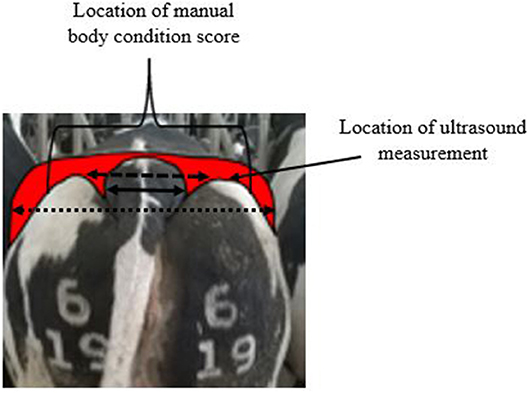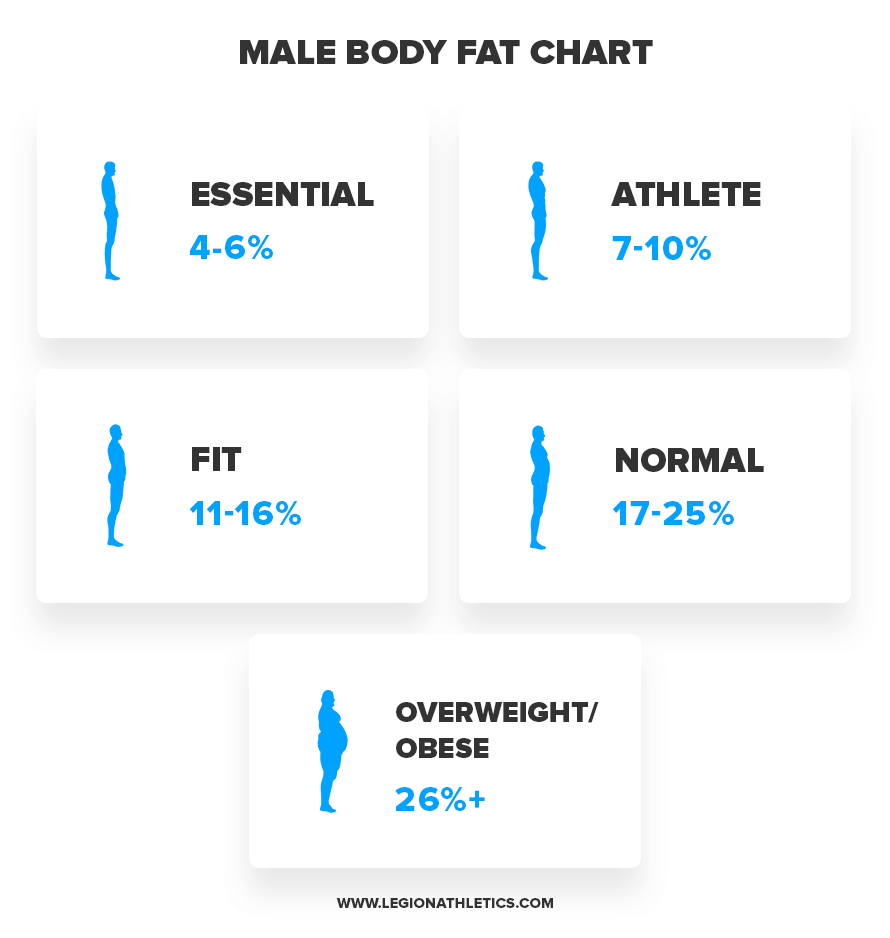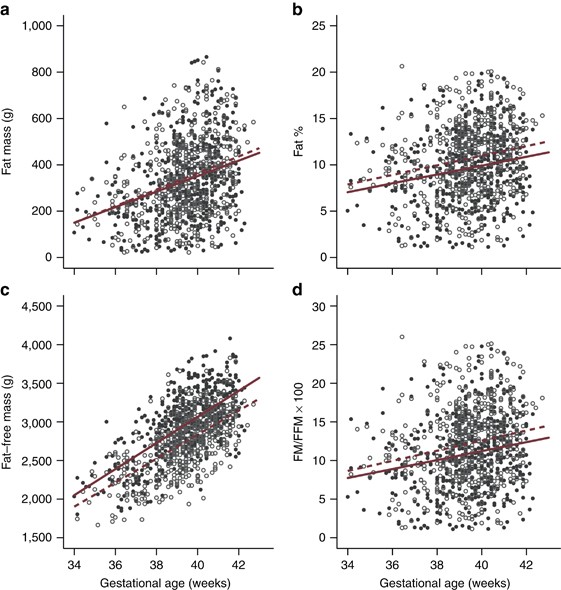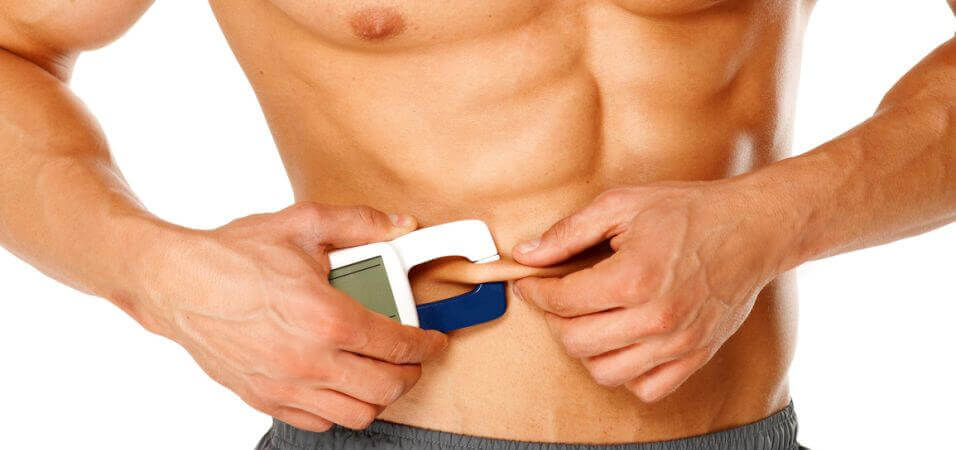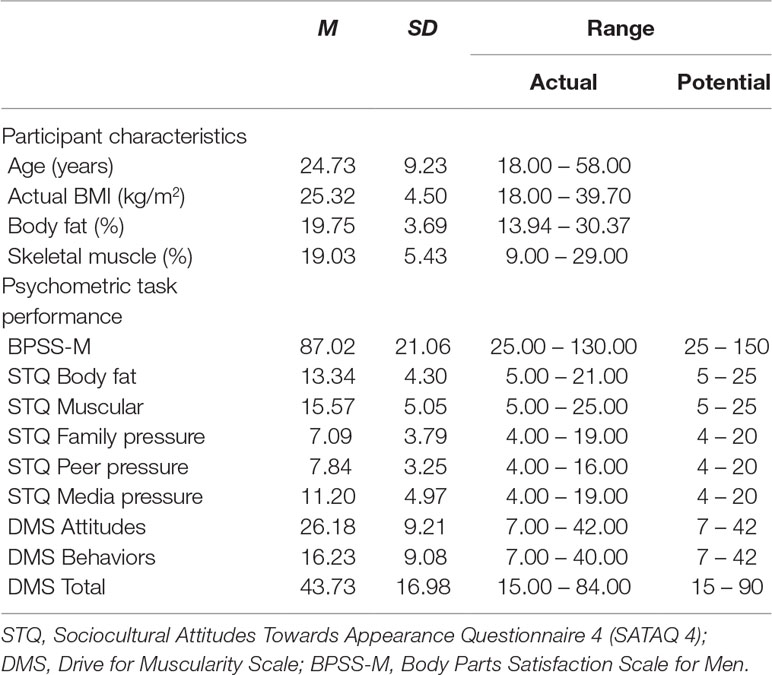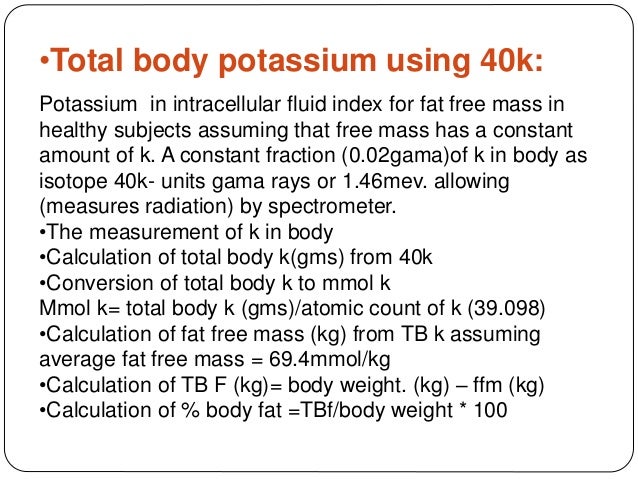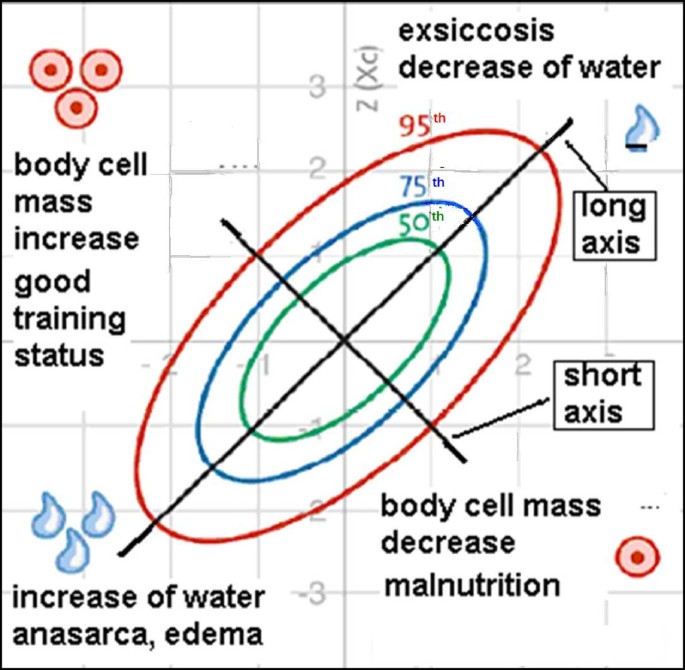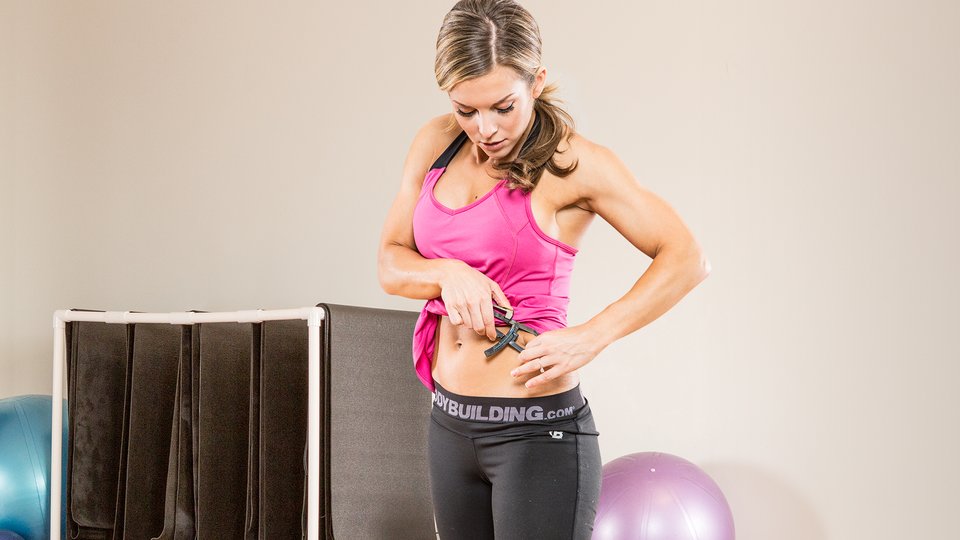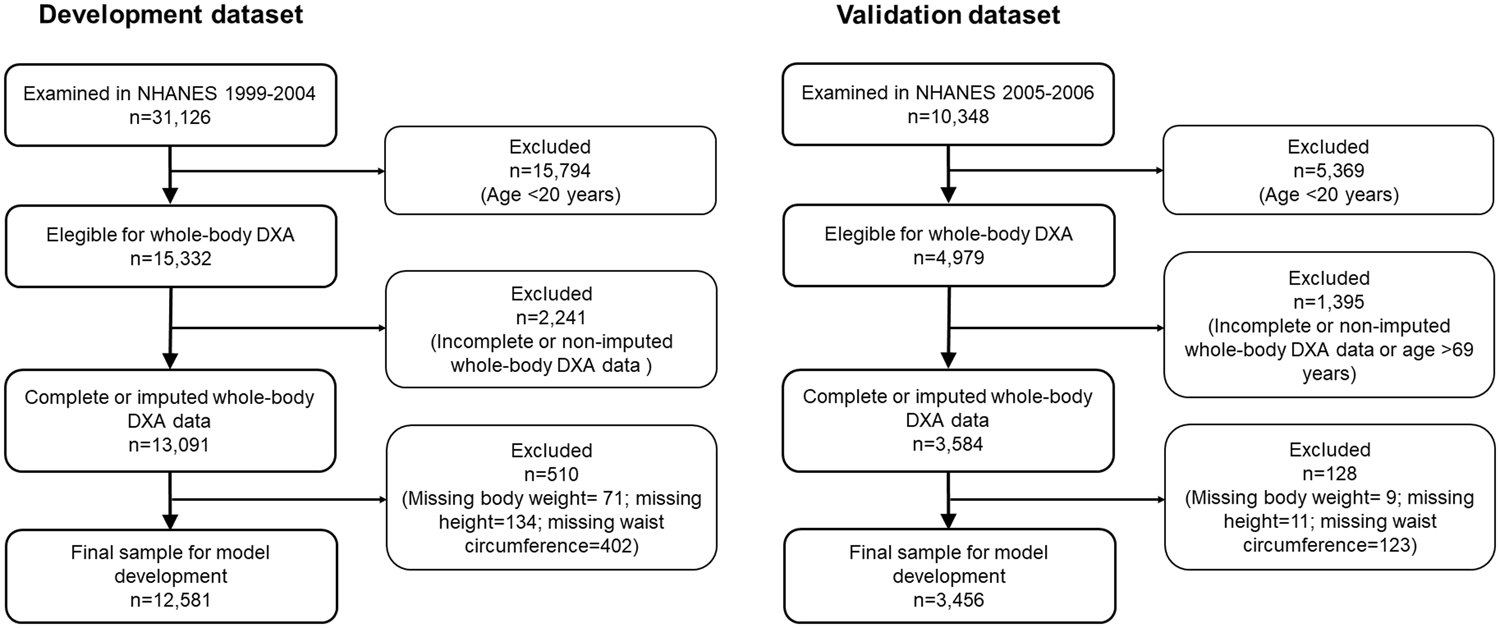A quick google search will reveal a number of different ways to measure body mass and composition. Comprehensive review of body composition assessment.

Advantages And Disadvantages Of Dxa For Physique Assessment
Techniques for the measurement of body composition a practical guide. Int j obesity 199317611 621. This paper discusses some of the practical aspects of both reference body composition methods densitometry isotope dilution methods in vivo neutron activation analysis dual energy x ray absorptiometry computerized tomographic scanning and magnetic resonance imaging and bedside or field techniques weight and height indices skinfold thicknesses impedanceresistance near infra red interactance and 24 hour creatinine excretion. Some of the methods that are used today include anthropometry tracer dilution densitometry dual energy x ray absorptiometry air displacement plethysmography and bioelectrical impedance analysis. Weight is an overall measure of your body mass. Techniques for the measurement of body composition. Many techniques are available for body composition assessment which range from simple indirect measures to more sophisticated direct volumetric measurements.
At any rate these 9 indicators are some of the most important factors to consider. Techniques for the measurement of body composition. Comprehensive review of practical and research methods used for measurement of body composition. Review articles jebb sa elia m. This measurement includes all of the elements of your body bones blood organs muscles and fat. Some techniques measure gross composition in terms of fat and fat free mass or the components of fat free tissue such as water mineral and protein while other methods measure the mass of individual tissues organs or body segments.
Some techniques measure gross composition in terms of fat and fat free mass or the components of fat free tissue such as water mineral and protein while other methods measure the mass of individual tissues organs or body segments.

